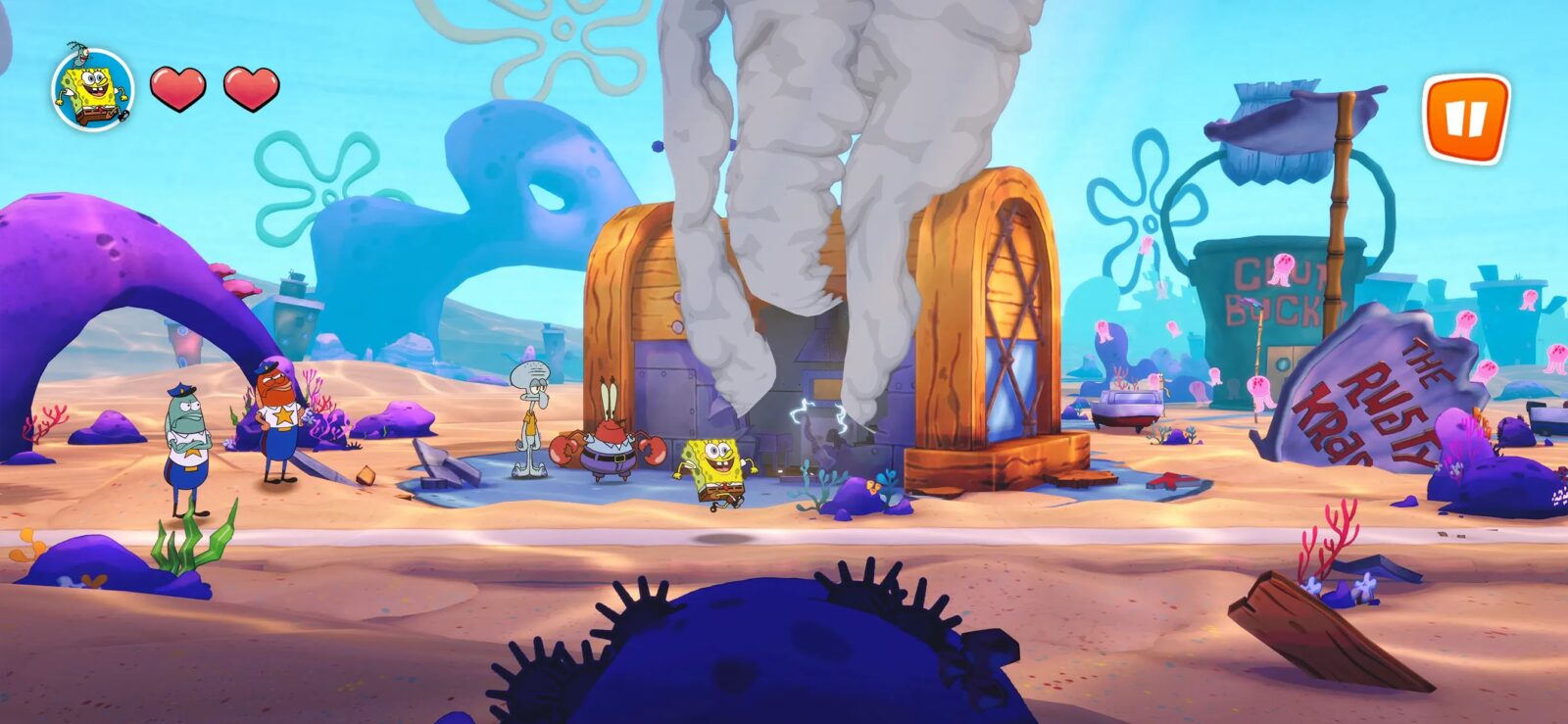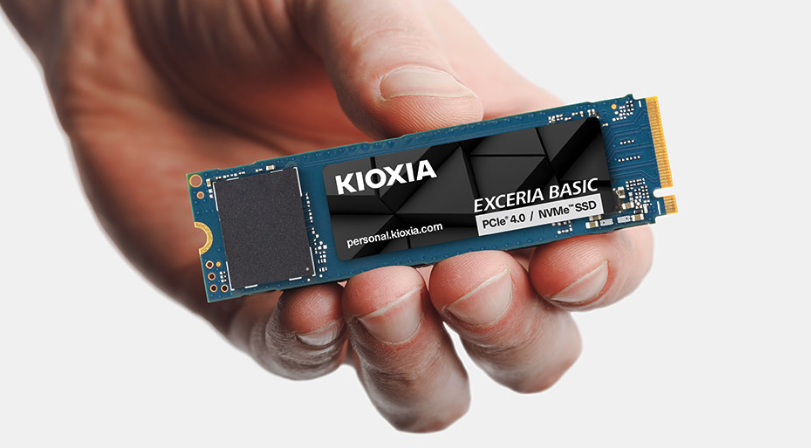TL;DR: Football Manager 26 looks better, plays smarter, but feels worse to use. The Unity engine shines, the tactics are fantastic, and women’s football finally arrives—but the tablet-style UI undercuts the immersion that made FM special. Still addictive, still brilliant, still annoying as hell.
Football Manager 26
I’ve been playing Football Manager long enough to know that love can be complicated. I’ve had sleepless nights rebuilding squad depth charts from the fifth tier of English football, whispered pep talks to digital regens who only existed because a random number generator said so, and argued—actually argued—with the press officer AI about whether my team “lacked composure” after a 3–2 away loss. So when I booted up Football Manager 26, a game that promises to drag this glorified spreadsheet simulator into the Unity era, I was ready for a little evolution. Maybe even revolution. What I got was… both. Just not in the way I hoped.
Let’s get this out of the way early: Football Manager 26 is an incredible simulation of football. The match engine sings, the tactical layers go deeper than ever, and the addition of women’s football is a landmark moment for a series that’s been promising it for nearly half a decade. But—and this is a big, blistering, forehead-slapping but—the new user interface feels like someone poured the soul of the game into a mobile app and then forgot to add the fun back in.
Playing FM26 is like managing Barcelona through a Teams call. The football is still brilliant, but every menu click feels like another meeting invite. The new Unity engine means the game finally looks modern—lighting that doesn’t resemble a 2008 screensaver, smoother animations, stadiums that actually feel like stadiums—but the new design language turns the experience of actually using it into a chore. It’s sleek, yes. Clean, even. But it’s also cold and detached, like a football analytics dashboard made by an accountant who hates joy.
Let’s remember how we got here. Football Manager 25 was supposed to be the Unity debut, the moment SI marched boldly into a new technical generation. Instead, it got axed—an unprecedented decision that left fans wondering if the studio had finally met the limits of its spreadsheet empire. A year later, FM26 lands, heavier with expectation than a Chelsea wage bill. It’s the first time since the Championship Manager split that the series has undergone this kind of internal reconstruction. And it shows.
Visually, yes, FM26 looks better. Matches now have a sense of atmosphere, players move like they’ve got bones instead of broomsticks, and even the pitch textures carry a touch of realism. When the rain hits and the camera pans down on a tense cup tie, it finally feels cinematic in a way the series never quite managed. But then you open the team selection screen, and it’s like the lights go out.
The old FM interface was dense, cluttered, occasionally overwhelming—but it was ours. It had logic. Once you knew your way around, you could navigate the universe by muscle memory. In FM26, that muscle memory betrays you. The design philosophy here screams “unified experience,” meaning the PC version now looks and behaves like it was built for a tablet. There are big buttons, massive spacing, tiny text, and pop-up panels that feel like they were designed by someone who hasn’t touched a mouse since 2013.
Take something as simple as checking a league table. In FM24, it took one click. Now? Hover over Competitions → Region → Country → Division → Overview. It’s like watching your assistant manager reinvent bureaucracy in real time. Every action that used to take one click now takes three. Every window that once showed all your data now hides it behind a layer of ambiguity and gradients.
It’s death by dropdown. And for a game that’s always thrived on obsessive detail, this is not just inconvenient—it’s identity-erasing.
The problem isn’t just functionality, it’s philosophy. This new UI seems to assume that players want less information. Fewer numbers. More whitespace. But that’s like serving a spreadsheet salad without the spreadsheets. Football Manager is about information—the beauty of the game lies in its data density. Strip that away, and you’re left with something that looks pretty, but feels sterile.
Thankfully, once you crawl through the interface like a miner searching for oxygen, the tactical depth waiting underneath is extraordinary. FM26 introduces separate tactical systems for in-possession and out-of-possession phases, a change that makes every formation feel dynamic. You can now have a wing-back who surges forward in attack but drops into a back three when you lose the ball. It’s a subtle but powerful addition that makes every match feel like a living chessboard.
As someone who’s never pretended to be Pep Guardiola, I found this system refreshingly accessible. I can still set up my beloved 4-3-3, but now it adapts naturally as the game flows. There’s a new sense of tactical elasticity—the difference between “parking the bus” and “low block” actually means something now.
The match engine itself benefits massively from Unity’s overhaul. Lighting feels natural, crowd reactions are more believable, and the AI-driven animations—while still prone to occasional jank—make the flow of football feel less mechanical. Sure, you’ll still see the odd clipping incident where two players merge into a single mutant defender, but for every awkward collision, there’s a moment of brilliance: a winger bending a cross to perfection, a keeper making a fingertip save that actually looks like one.
It’s not EA FC levels of realism, but it doesn’t need to be. FM has always been more about the idea of football than its photorealistic simulation. This time, that idea just happens to be presented with a bit more visual flair.

Manager creation has also changed, though not necessarily for the better. Gone are the granular sliders and 1–20 attribute allocations. Instead, you’re given reputation tiers, narrative “tendencies,” and circular colored graphs that fade from red to green. It’s prettier, sure—but it removes a layer of personal agency that used to define the experience. Before, I could meticulously craft my identity: a low-profile tactician with absurd levels of youth development focus. Now, I’m forced into archetypes, my stats dictated by preset templates rather than lived managerial fantasy.
It’s a metaphor for the entire game’s new design ethos: smoother edges, fewer knobs to tweak, more handholding. It’s not necessarily bad—it’ll definitely help new players get onboard faster—but for veterans, it’s a quiet heartbreak.
And yet, when the whistle blows, all the frustration melts away. Unity has breathed new life into the matchday presentation. Players feel weightier, the grass looks lush, and for the first time, camera angles actually complement the tactical play. I’ve found myself watching full matches again, something I haven’t done in years. The new 2D match mode also helps, offering a simplified but information-rich view for those who want strategy over spectacle.
They even brought in a proper Instant Result button—a long-overdue feature for players like me who prefer to simulate a weeknight fixture against mid-table opposition rather than watch my third-choice striker sky three sitters. The feature existed in modded skins for years, but now it’s officially supported, stable, and efficient.
Then there’s the big one: women’s football. It’s finally here, and it’s handled with genuine care. The women’s leagues feel integrated rather than bolted on. Stats are equalized—meaning a 17 in Finishing means the same thing for Sam Kerr as it does for Erling Haaland—and the economic realities of the women’s game are modeled authentically. Shorter contracts, smaller transfer fees, and more player mobility make for fascinating saves. It’s not just representation—it’s realism.

What I love most is that both men’s and women’s leagues coexist. Start a save in England, and both ecosystems unfold simultaneously. You’ll find yourself checking on Arsenal Women’s results while managing a National League side, watching the parallel narratives of football’s two worlds play out in sync. It’s quietly revolutionary.
Of course, not everything has changed. Press conferences remain as repetitive as ever—same banal questions, same robotic answers, same lingering sense that your assistant manager is running a rogue AI experiment on your patience. Player interactions continue to range from mildly charming to completely nonsensical. (Why is my backup left-back demanding a new contract after two substitute appearances?)
And while the Unity engine’s matchday visuals are improved, there are moments when it still feels unfinished. Player faces have that weird waxy shine, hairstyles are inexplicably bad (seriously, SI, let Black players have more than three options), and the crowd animations alternate between impressive and uncanny.
Ultimately, Football Manager 26 feels like a game at war with itself. It’s trying to be both the ultimate management sandbox and a sleek, accessible experience for new audiences. The Unity engine brings technical polish, but the UI redesign dilutes identity. It’s a paradox: a game that looks better than ever but somehow feels smaller.
And yet, even through the irritation, I can’t stop playing. Because that’s the secret of Football Manager—it’s not about presentation. It’s about obsession. It’s about the storylines that emerge when your 19-year-old academy prospect scores a debut goal, or when your underdog team knocks out a European giant on penalties. No matter how much the interface annoys me, no matter how many dropdowns I have to click through, I’ll still come back. Because there’s nothing else like it.
Final Thoughts
Football Manager 26 is an ambitious, uneven leap forward. The Unity engine delivers a long-overdue visual refresh, the tactical systems are smarter and more flexible, and the inclusion of women’s football marks a watershed moment for the series. But the new UI feels like a betrayal of the game’s analytical soul—a slick facade that sacrifices clarity for cleanliness.
It’s both the most modern and most frustrating Football Manager yet. And I’ll still lose hundreds of hours to it.







